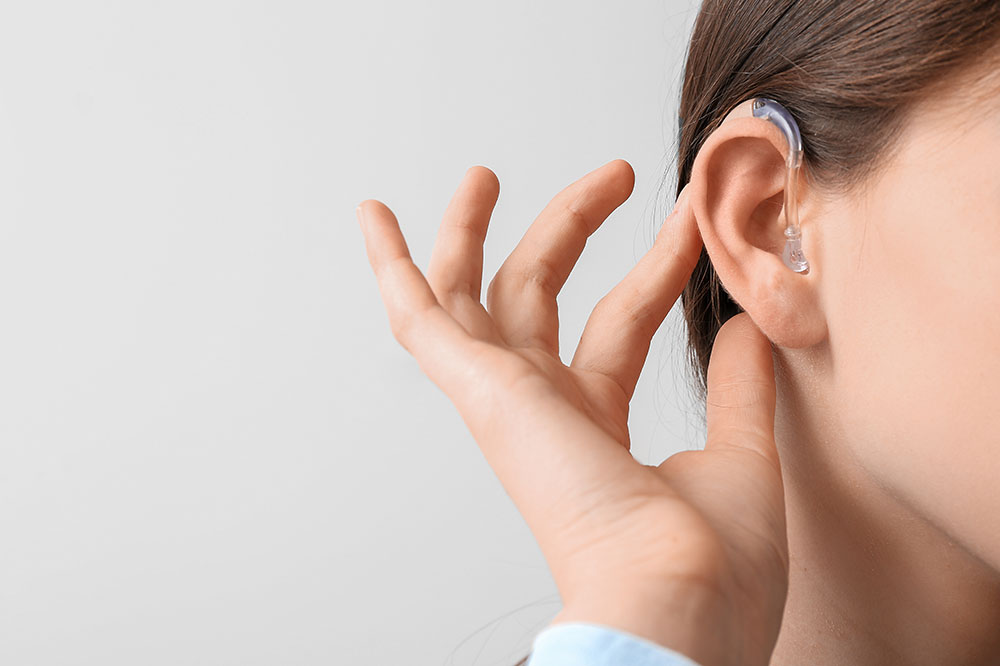A comprehensive guide on hearing aids
Hearing loss can be sensorineural, conductive, or a combination of both. The type of hearing loss determines whether a person has lost his/her hearing ability completely or partially. Once the hair cells in the inner ear are dead, they can’t be treated, and the ability to hear is permanently lost. Regardless of the type of hearing impairment, a person can utilize hearing aids to help hear better. These aids significantly improve hearing ability by amplifying sounds so that it reaches your inner ear.

What are hearing aids?
Hearing aids are wearable, sound-amplifying devices designed to help people with complete or partial hearing loss. Hearing aids have a microphone that picks up sounds, an amplifier that increases sound levels, and a receiver that conducts sounds to the inner ear.
Hearing aids differ by the technology used to amplify the sound, analog or digital, their various designs, and distinctive features. Some aids come with earmolds or earpieces that direct the sound flow inside the ear canal and improve sound quality. Before choosing a particular aid, it is recommended that the individual consult an audiologist to understand the severity of hearing loss.
Analog vs. Digital hearing aids
Although not as popular as digital hearing aids today, analog hearing aids are still available and offer quite a few benefits. A sound amplifier is at the core of analog devices. They cannot isolate background noises, so they amplify all sound signals equally. However, these devices are programmable and can be tweaked to work for different environments like a library, restaurants, or music concert. But even there, they will equally amplify all sounds in the set frequency range. Analog devices tend to have longer battery life and are cheaper than digital aids.
Digital hearing aids are an enhancement over analog devices and are the most preferred type of hearing aids today. They are equipped with advanced processors, which is essentially a tiny computer chip that receives the signal from the microphone and converts them to digital signals. These signals can then be adjusted to help an individual hear clearly in different environments, and can virtually eliminate background noise.
Different styles of hearing aids
Hearing aids come in five major styles. You can select them based on your preferences.
- Behind-the-ear (BTE) aids: All electronic parts are enclosed in a small plastic case that rests behind the ear. The case is attached to the earmold or earpiece through the tubing.
- Mini behind-the-ear (mBTE) aids: In this type, the earpiece is inside the ear canal. A thin tube is used to connect the aid to the canal. These are more comfortable than BTEs and barely visible.
- Completely-in-the-canal (CIC) aids: These tiny aids go deep into the ear canal and fit tightly. They are virtually invisible and less sensitive to wind noise.
- In-the-canal (ITC) aids: These are compact aids that go into the canal and are barely visible. They don’t give much of a plugged-up feeling like completely-in-the-canal aids, which is preferable to some.
- In-the-ear (ITE) aids: All electronic components of the aid are enclosed in the case which rests in the outer part of the ear. They are bigger than in-the-canal and completely-in-the-canal aids.















